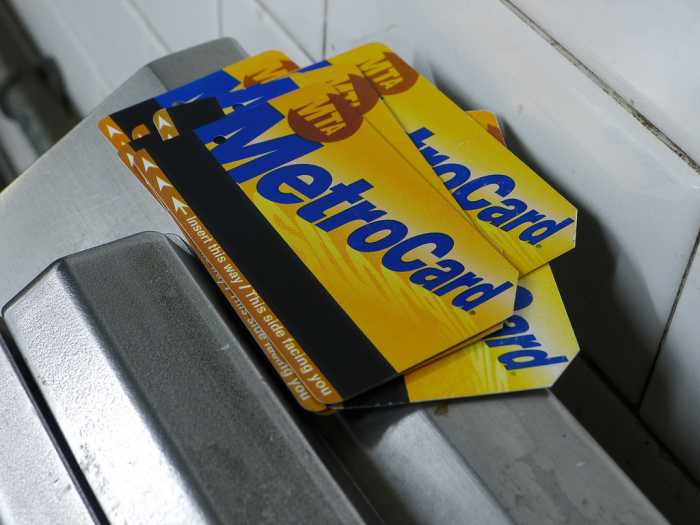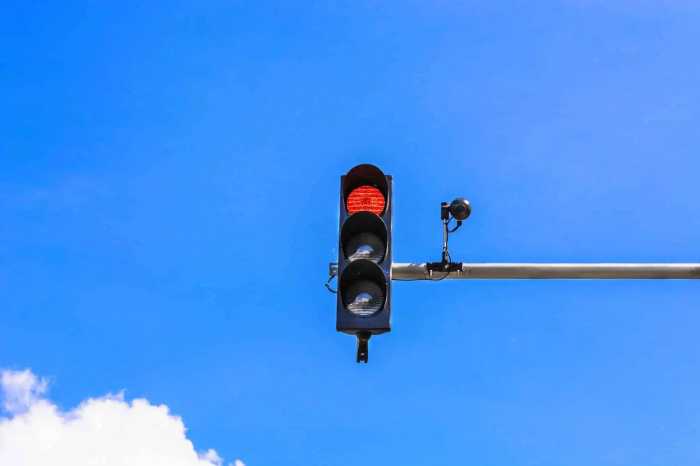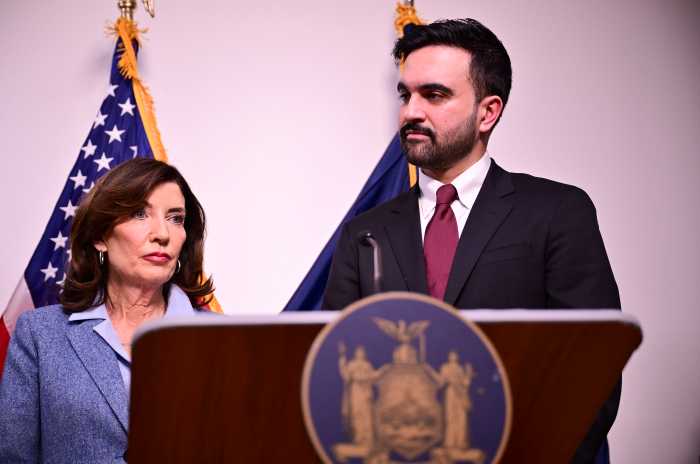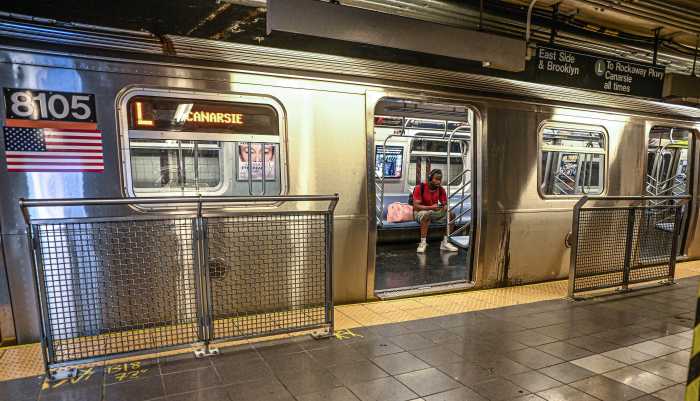
With nearly half of subway trains finishing their runs late, the MTA will investigate signal alterations that have slowed trains in an attempt to improve safety.
Only 58.1 percent of trains that ran in January reached their last stops within five minutes of their scheduled times, according to MTA data. The stat, known as “on-time performance,” represents a steady decline to what is the lowest in recent years. The metric has its flaws, transit experts and officials note, but has nonetheless alerted agency leadership as to why it has become so difficult for the MTA to meet its subway train schedules.
A recent Village Voice investigation pointed to the ongoing installation of signal timers, essentially subway speed restrictions, that began after the 1995 Williamsburg Bridge subway crash, upon recommendation of the National Transportation Safety Board.
Andy Byford, NYC Transit president, told press last week that the alterations have “undoubtedly had an impact on subway capacity” and reassured the agency’s board Monday that he would be conducting a thorough review of those impacts. He said the Voice investigation “confirmed some of (his) suspicions” when he found areas in the system where subway delays rose after years of fairly static service.
“What could we do to now — with the benefit of hindsight — maintain the safety benefit? But is there a way of mitigating subway performance capacity and punctuality and reliability?” Byford asked, noting that he wouldn’t jeopardize safety for speedier trains. “It’s good practice to always look at, are there unintended consequences of one change? Have you inadvertently created a secondary safety risk, namely crowding, because the system can’t cope?”
At the same time, Byford didn’t feel that on-time performance data, which measure the time it takes for trains to run from one end of their lines to the other, is indicative of subway riders’ experiences. Subway commuters rarely ride the length of an entire line and aren’t traveling with precise train schedules in mind, he reasoned.
Byford told the board Monday that he instead prefers the look at “headways,” known as the amount of wait time between two trains’ arrivals at a station.
“Most people wouldn’t know whether their particular train was the one presented at the platform [at a] particular time, unless they’re some kind of train spotter,” Byford continued. “But headway, i.e. the gap between trains, which obviously influences the amount of time you’re waiting — that is super important.”
Byford’s comments revived a long-standing debate over whether wait times or on-time performances are the better metric to measure data. Some advocates believe they’re both wrong, while others see merit in each. Last September, the MTA attempted to end the debate entirely by rolling out all new data sets.
Regardless of metric, the MTA’s weekday on-time numbers rank among the worst when compared to other major cities around the world. The figures have decreased steadily over the years, with a marked decline beginning in 2011, according to a recent report from the city’s Independent Budget Office. On-time performance fell from 85.4 percent that year to 66.8 percent in 2016. The MTA did not confirm where January’s on-time performance rating ranks historically.
Ellyn Shannon, the associate director of the Permanent Citizens Advisory Committee to the MTA, equates late trains to a capacity reduction. Simply put, if trains are running late, the agency can’t run as many trains as it has scheduled for.
“Those run times impact capacity. And when you’re needing to carry as many people as required now, those run times and on-time performance matters,” Shannon said.
Benjamin Kabak, who writes the Second Ave. Sagas subway blog, sided with Byford, but said there was merit to on-time performance tracking.
“What riders and customers want to know is whether there is a train coming at the right interval and how long it is between trains,” said Kabak, who believes on-time performance is best viewed as an “internal metric” for transit agencies to measure.
“That said I think there is a value in on-time performance. You want a subway system to run on time. On-time performance helps show how long trips are,” he continued “And I think that’s how it relates to the recent stories and recent attention that we’ve heard on subway timers. If travel times are long, trains are slow and people’s rides are impacted in other ways.”
The MTA has already begun reviewing its signal timers, with analyses conducted at 37 locations through the subway system, Byford said. The MTA did not confirm how many other locations would need to be checked, or how many of the timers have been installed since 1995. It’s already become clear that any effort Byford may take to adjust that protocol would face opposition from labor.
“We will fight against any proposed rule or procedural change that we believe would put our members at greater risk of injury or death,” said Tony Utano, president of Transport Workers Union Local 100, in a statement. “Many of these protections were put into place because our members were maimed and killed on the tracks.”








































